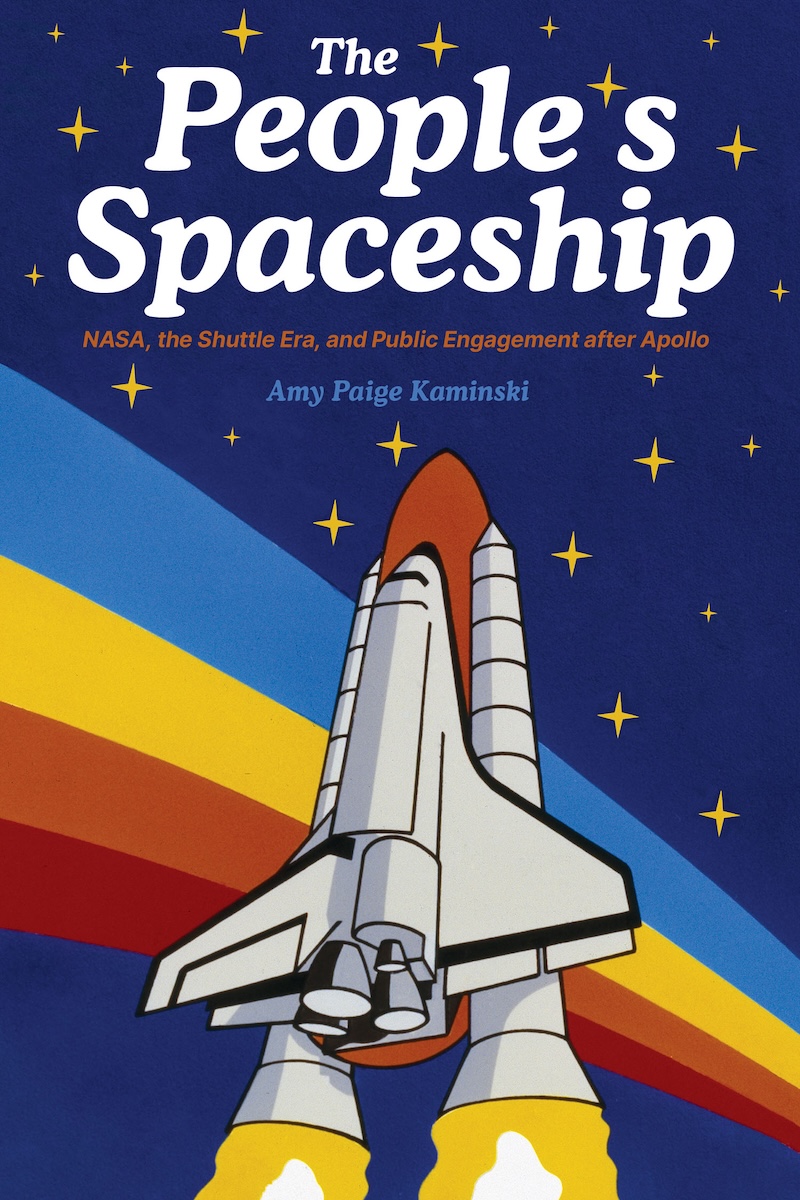From the publisher
When the Apollo 11 astronauts returned from humanity’s first voyage to the moon in 1969, NASA officials advocated for more ambitious missions. But with the civil rights movement, environmental concerns, the Vietnam War, and other social crises taking up much of the public’s attention, they lacked the support to make those ambitions a reality. Instead, the space agency had to think more modestly and pragmatically, crafting a program that could leverage the excitement of Apollo while promising relevance for average Americans. The resulting initiative, the space shuttle, would become the centerpiece of NASA human space flight activity for forty years, opening opportunities for the public to engage with and participate in space projects in new ways. The People’s Spaceship traces how and why NASA painstakingly connected the vehicle to so many segments of society. Underscoring the successes and challenges endured in the process, Amy Paige Kaminski shares the story of how the space shuttle became an American technological icon.
Reviews
Valerie Neal, Smithsonian National Air and Space Museum:
“The People’s Spaceship is a richly evidenced new angle on the social/cultural history of NASA and the evolution of the agency’s public relations enterprise. Kaminski’s research offers the reader a solid understanding of NASA’s public engagement effort on many fronts, and thus a different view into NASA. The impressive wealth of new information is quite engaging and prompts many moments of genuine revelation.”
Matthew Hersch, Harvard University:
“Authoritative, comprehensive, and unique as a scholarly resource, The People’s Spaceship demonstrates an impressive grasp of the space history literature and illuminates efforts by NASA to build public consensus in support of the space shuttle during its 40-year lifetime.”
Author
Amy Paige Kaminski has more than twenty years of experience in federal policy and program development roles, working closely with the academic, nonprofit, and corporate sectors. She has held senior positions at NASA, advising on science policy and building pathways to involve everyday people as contributors to the agency’s science and technology programs. She is editor of the book Space Science and Public Engagement.
